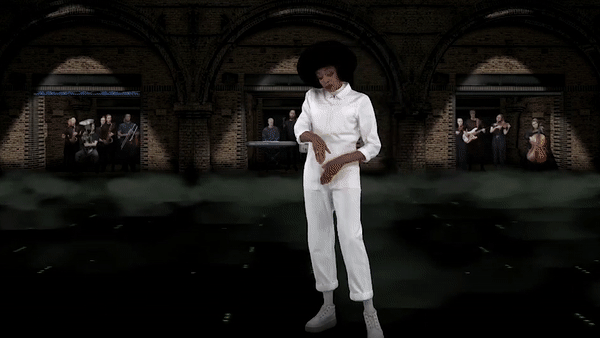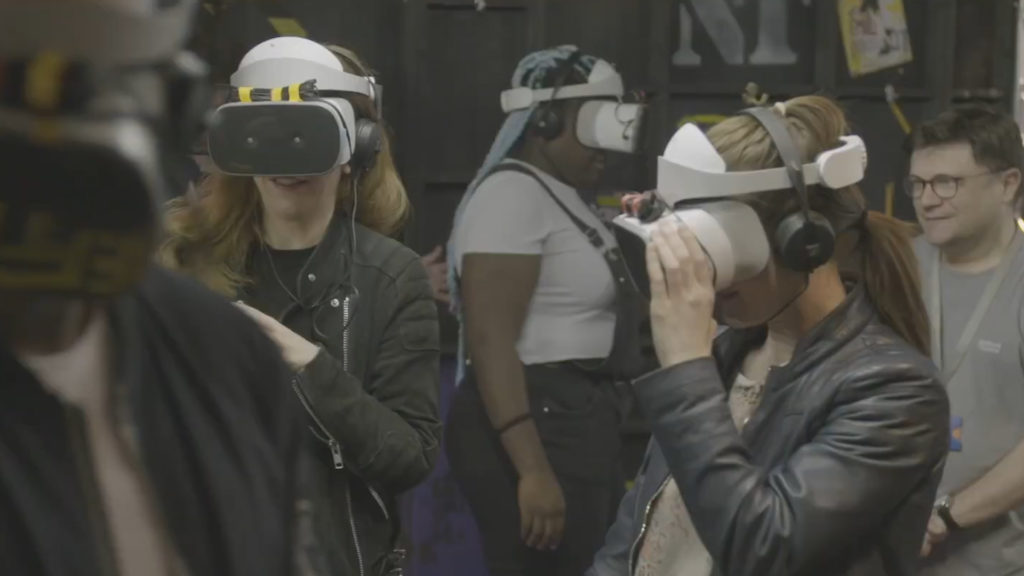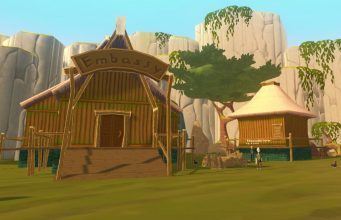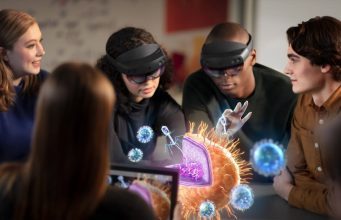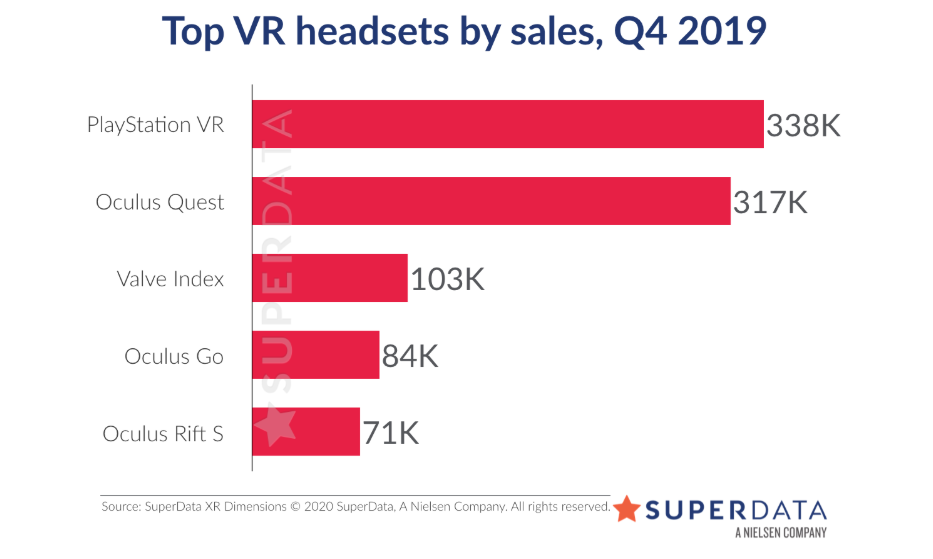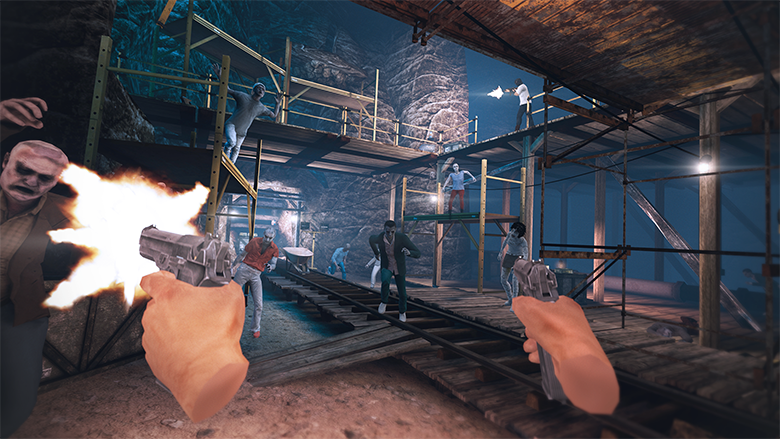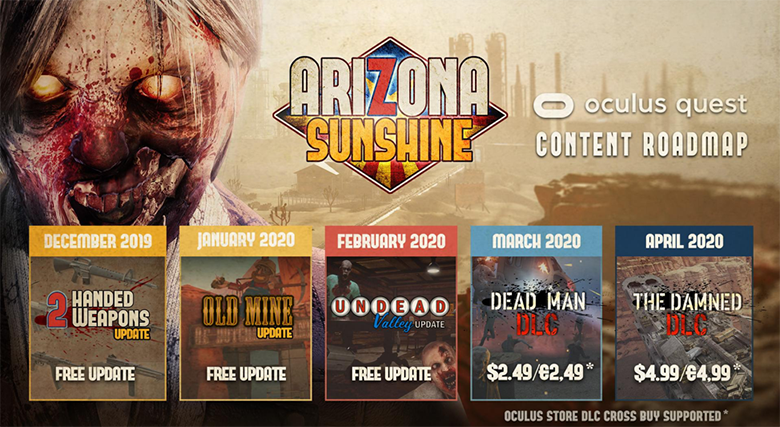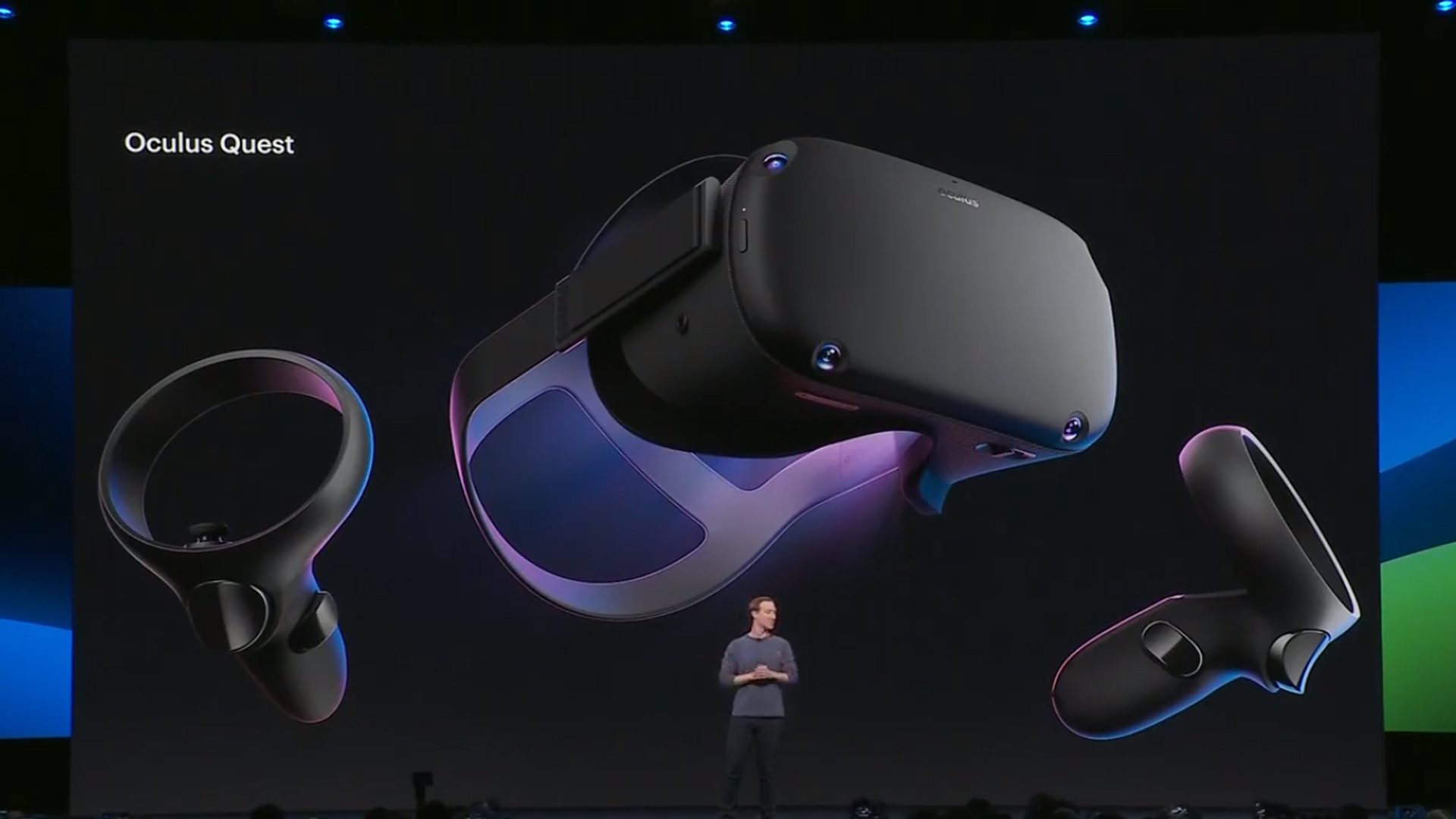Even though 2MD: VR Football Unleashed from Truant Pixels is far from a full version of American football in VR, it still shines as an arcade delight when paired with wireless roomscale on Oculus Quest.
It absolutely baffles me why there aren’t more fully-fleshed out and well-funded VR adaptations of real world sports. It seems like a no-brainer. There are a handful of rough, unpolished attempts spread out across Steam, VR Sports Challenge from Sanzaru Games with abbreviated scrimmages, and a few whimsical takes on sports in VR like Sports Scramble, but that’s about it.
In the meantime we’ve at least got fun (albeit incredibly simple) arcade-style VR games like 2MD: VR Football Unleashed to tide us over.
A more accurate title for 2MD: VR Football Unleashed would probably have been something like ‘VR Quarterback Challenge’ or something to that effect because that’s all it actually is. You don’t play any other positions and you don’t have actual control over anything that happens once the ball is snapped other than where you throw it, so it’s not really a full football experience.
When you first load into 2MD VR Football you’ll go through some training exercised to get the hang of the controls. There are some nifty sliders that let you adjust the arc and power of your release so it feels just right for however your arm moves and throws. Releasing the trigger on a controller is a different feeling than letting go of a real-life football, so it can take some practice getting used to things. The training course has well-placed rings that do a good job of helping you get acclimated.
Visually it’s extremely unimpressive. There is little shading in any of the game’s models, all the stadiums more or less look and feel the same, characters are faceless and armless, and it just generally has an almost unfinished vibe to everything. This makes it approachable and not too intimidating, but as a football fan I’d prefer something with at least a bit more detail. The Quest is capable of much more impressive visuals with a better funded project.

Once you’re done there you’re faced with a whiteboard and a marker in the locker room of a 2MD VR Football stadium; this is where things get really interesting. In 2MD VR Football you’re not bound by a playbook at all. Instead, you have eight different plays saved at all times (up, down, left, and right on each analog stick to call audibles at the line) and the white board lets you manually draw each route. This is genius.
Not only does it give you something tactile and physical to do pre-game as preparation, but it really does add an extra layer of interactivity that isn’t even seen in most AAA football games. Unfortunately, team customization isn’t anywhere near as deep. There are a handful of mascots to pick from and then you can adjust the primary and secondary colors of uniforms, but that’s it. You can’t even change team names. Each mascot has their own stadium and theme song, but that’s about it.

The meat of the game is a two-minute drill tournament. You’re given two minutes to drive down the field and score a touchdown to win. If you turn the ball over then it just resets back where you started without putting time back on the clock. It’s a clever format because it ensures that the game is on-the-line at all times, but it’s a bummer you don’t get to catch passes, command a defense, swat down balls, stiff arm defenders, or anything like that.
Playing on Quest was great because when I cleared out room I was able to move around and actually feel like I was evading pressure from defenders. Which made the disappointment even more poignant that the core of the game is just throwing passes and nothing else.
Comfort
2MD: VR Football Unleashed is as comfortable as you want it to be. Realistically, you don’t need to movev artificially at all whatsoever. You’re not required to roll out of the pocket and throw on the run if you don’t want to. You can stand in the pocket and throw passes to receivers and still experience the entire game. But if you do want to move around once the ball is snapped that’s done with the left control stick via artificial smooth movement. Or, if you’re playing on the Quest like I was, just literally run around your play space doing your best Lamar Jackson impression.
Pull the trigger to hike the ball and let ‘er rip. That’s pretty much the entire game. The depth and replayability comes from being able to customize plays back in the locker room, unlocking new mascots, and toying around on the practice field. After each win you’ll go through a bonus stage of ring targets that let you rack up more points for the global leaderboard rankings. Collecting trophies for the locker room is a fun element, but that’s all there is to do in terms of collectibles.
2MD: VR Football Unleashed (Oculus Quest) Review Final Verdict
Make no mistake: 2MD: VR Football Unleashed is not a deep game. It doesn’t have a lot of the features you’d expect out of a VR football experience, but it still manages to be fun and unique game without comparison, especially on Quest, in the right circumstances. There’s something simple and addictive about jumping into a game and driving down the field as quickly as possible to score a touchdown and win the game. As a result, 2MD VR Football boils down the excitement of football and delivers it over and over until your arm is too sore to throw another pass — just don’t expect to find anything other than a surface level recreation of the gridiron here.
Final Score: 

 3/5 Stars | Pretty Good
3/5 Stars | Pretty Good

You can read more about our five-star scoring policy here.
This review was conducted on the Oculus Quest version of 2MD: VR Football Unleashed, which is available now for $14.99. Alternatively, 2MD VR Football is also available on Steam for PC VR headsets for $12.99, Oculus Home for Rift for $14.99, and PSVR for $12.99. The PSVR version also includes multiplayer via a non-VR player controlling the defense on the TV social screen.
The Quest and Rift Home versions are cross-buy so owning one will grant access to both.
The post 2MD: VR Football Unleashed (Oculus Quest) Review: Quarterback Bootcamp appeared first on UploadVR.
from UploadVR https://ift.tt/37Ku0aY
via IFTTT

